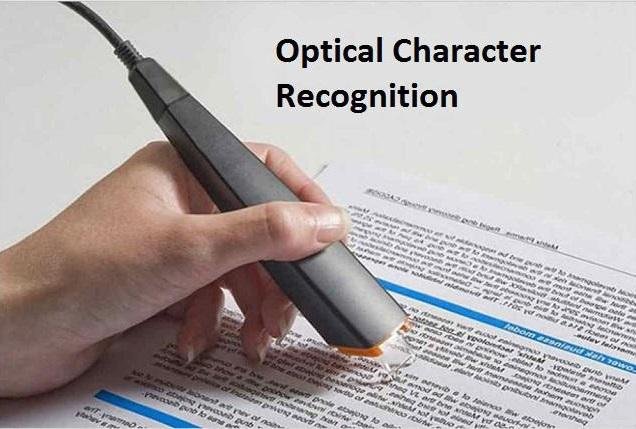OCR technology can be captivating, whether it’s auto-extracting information from a scanned receipt for an expense report or translating a foreign language using your phone’s camera.
While it may appear wonderful that computers can accurately digitize analog text, the reality is that the accuracy we have learned to anticipate falls short of what is achievable.
That’s because, despite the public view of OCR as a huge step forward, it’s actually quite old-fashioned and constrained, because of an oligopoly that’s stifling future innovation.
OCR- Revolution For Businesses:
We are witnessing a simultaneous synchronization of Ocr technology with every area of existence as the globe becomes more technologically advanced by the day in businesses.OCR technology is used to convert any document containing written text into machine-readable text data, whether it is typed, handwritten, or printed.
OCR software reads records or images and extracts details or patterns. It also turns the extracted data into text that computers can interpret, which is impressive.
OCR technology has experienced a number of significant advancements. It now has a high level of accuracy in recognizing most characters and fonts.
Optical Character Recognition Using AI:
The twenty-first century is a digitally connected world. For the simple reason that we have become too reliant on our computers to process data and make life easier, we no longer send handwritten letters and rarely utilize printed texts.
Because of these factors, we needed to figure out how to digitalize physical papers so that they could be electronically altered, modified, searched, managed, saved, and, most importantly, understood by machines. Optical Character Recognition (OCR) is a branch of AI and computer vision research that focuses on retrieving text from photographs.
Thanks to the use of Artificial Intelligence tools, OCR is seeing an extraordinary change nowadays.OCR services have evolved into a human error checker as well as a traditional image-to-text conversion technique. An OCR tool converts text taken in photographs into text that computers can understand.
Rapid Digitization of Paper-based Content:
Paper documents provide enormous amounts of important information. For digitizing that content, optical character recognition is a cost-effective and efficient method.
This content can be used across apps and searched for insights once it has been converted to digital format. To assist extract value from paper-based information, OCR is accessible and applicable to practically every business.
High Level Of Accuracy:
Optical character recognition (OCR) is a popular technology for processing documents (the scanned variety) (OCR). The most typical application is to turn a picture into readable text. With advancements, OCR has become more dependable; expect a minimum of 90% accuracy for average-quality documents.
The accuracy of optical character recognition findings is often measured on a ‘character level’ by OCR technology providers. When tested at the page level, most OCR software achieves 98 to 99 percent accuracy. This means that out of 1,000 characters on a page, 980 to 990 will be accurate.
Building Customer Satisfaction:
Customers are essential to the survival of any business or financial institution. Any business that does not provide a great user experience runs the danger of losing its market reputation and customer base. It’s vital to analyze end-usability when addressing customer satisfaction with a service, product, or company.
Consumer usability is a metric that determines how easy a final product is to use for a customer, and it is critical in evaluating the complete customer experience. By completing identity document photo verification checks, helps in the safe data verification of in transit clients.
Validation Of Documents:
AI character recognition systems utilize intelligent machine learning models to grasp document formats and their intricacies. The Application Programming Interface (API) is a user authentication service used by verification software or a web platform.
Modern ICRs make it simple to adapt to a wide range of document formats all across the world. Handwritten documents, receipts, company records, paperwork, and formal letters may all be easily scanned and entered into the AI system to detect any unlawful document verification attempts. These improved solutions improve accuracy and reduce error rates, as well as the ability to track down non-original and unlawful documents.
Conclusion:
In the coming years, OCR technology will become increasingly tightly linked to artificial intelligence and machine-based learning, assisting in the automation, simplification, and security of procedures. The true benefit, however, is that Optical Character Recognition is the initial step toward launching larger workflow automation projects within your company.
To be honest, many of the manual tasks that your staff are responsible for are necessary, but they also take up much too much time and expose your personnel to risks such as human error.
